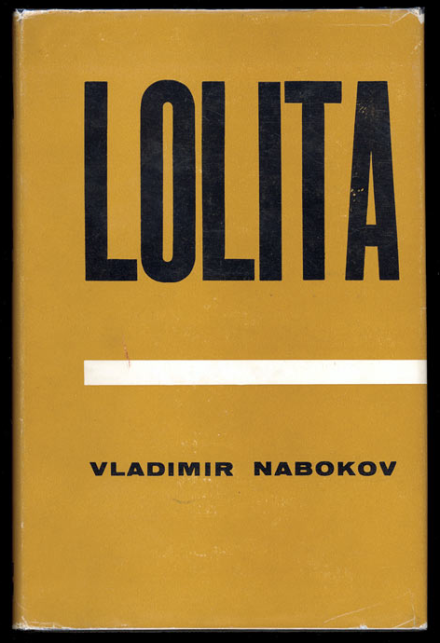"Because" is 2013 Word of the Year; Jason Riggle Explains Why
While there were many promising choices, such as “sharknado,” “struggle bus,” and “slash,” the American Dialect Society voted “because” the 2013 Word of the Year. Jason Riggle, associate professor of Linguistics and voting member of the society, explained the choice for Chicago Tonight.
“This is the year that language nerds had their day,” said Riggle. The recent update in usage of “because” allows the word to introduce a noun, adjective, or other part of speech, and no longer requires it to be followed by “of” or a full clause.
Learn more about the language trends of 2013 and watch Riggle’s full interview online at Chicago Tonight.



